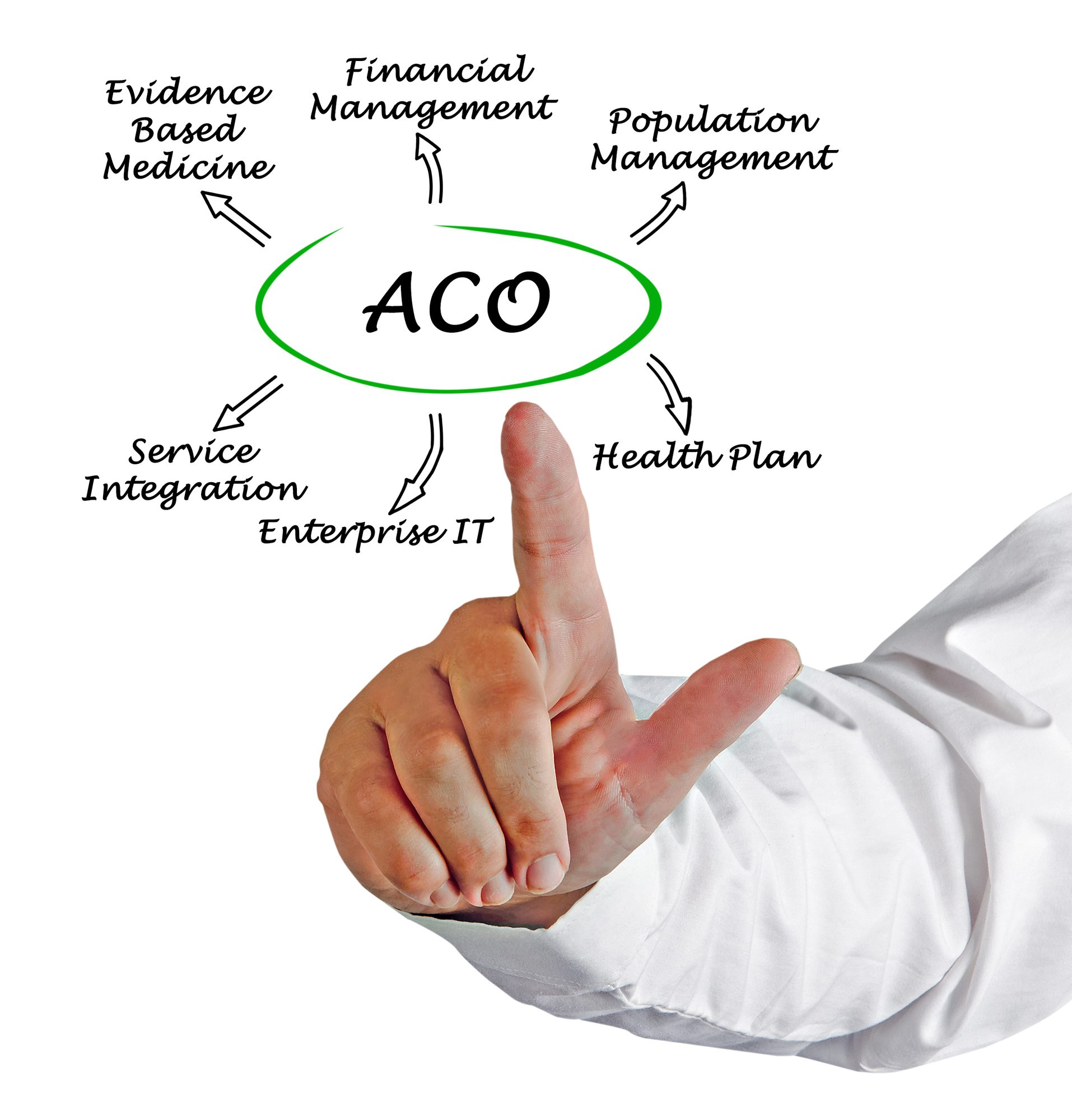ACO Information Technology: Creating a Bridge for Care Providers
Accountable Care Organizations (ACOs) have emerged as a pivotal model in the healthcare landscape, aiming to enhance the quality of patient care while controlling costs. Information technology (IT) plays a transformative role in the success of ACOs by enabling efficient data sharing, care coordination, and population health management. LifeSpan Care Management provides this article exploring the significance of IT in ACOs, focusing on its impact on care providers and the ways it facilitates the delivery of value-based care.
What is ACO in Healthcare?
Accountable Care Organizations (ACOs) represent a fundamental shift in healthcare delivery, where providers are held accountable for the quality and cost of care provided to a defined patient population. ACOs aim to improve care coordination, reduce healthcare expenditures, and enhance patient outcomes. In this endeavor, information technology has become a crucial tool, serving as the bridge that connects care providers and facilitates the achievement of ACO objectives.
ACO Essentials
Before delving into the role of IT in ACOs, it is essential to understand the core components of these organizations:
- Shared Accountability: ACOs bring together a network of healthcare providers, including hospitals, physicians, and other professionals, who collaborate to deliver high-quality, cost-effective care to a specific patient population.
- Value-Based Care: ACOs shift the focus from fee-for-service reimbursement models to value-based care, where providers are incentivized to maintain and improve patient health outcomes while managing costs efficiently.
CTA – LifeSpan CM is knowledgeable in ACOs and is here to help in the transitions. Get a Plan of Care to see the opportunities and options.
The Role of IT in ACOs

Information technology plays a multifaceted role in the success of ACOs, benefiting care providers in several ways:
- Data Integration and Interoperability: IT systems facilitate the integration of patient data from various sources, ensuring that providers have access to comprehensive patient information. Interoperability enables seamless sharing of data across the ACO network, promoting care coordination.
- Population Health Management: IT enables ACOs to identify high-risk patients, track health trends, and implement preventive measures. Predictive analytics assist in proactively addressing patients’ health needs, ultimately reducing hospital admissions and readmissions.
- Care Coordination: IT solutions support care teams in coordinating patient care across different settings and specialties. Electronic health records (EHRs) and health information exchanges (HIEs) enable providers to access patient records and communicate effectively.
- Remote Patient Monitoring: Devices placed in the home can monitor blood sugar readings, blood pressure, oxygen levels, and normal patterns of activity in those with chronic conditions. Out-of-expected-range findings give early warning that something is amiss. This way changes in the biometrics or physical functioning can be addressed by the treating physician before an emergency room visit becomes necessary
- Quality Reporting and Performance Metrics: ACOs rely on IT systems to collect, analyze, and report on quality metrics and performance indicators. These metrics are crucial for determining provider reimbursements and evaluating the effectiveness of care delivery.
ACO Benefits to Care Providers
The integration of IT in ACOs offers numerous benefits to care providers:
- Enhanced Patient Care: Access to comprehensive patient data enables providers to make informed clinical decisions, resulting in improved patient outcomes.
- Reduced Administrative Burden: IT systems automate administrative tasks such as billing, coding, and claims processing, allowing providers to focus more on patient care.
- Financial Incentives: IT-driven performance metrics help providers meet quality benchmarks, leading to financial rewards and improved sustainability.
- 4. Improved Communication: IT fosters better communication and collaboration among care team members, leading to smoother care transitions and fewer errors.
- Data-Driven Decision-Making: Providers can utilize data analytics to identify trends and opportunities for care improvement, leading to better care planning and resource allocation.
Information technology has become the cornerstone of Accountable Care Organizations, serving as a bridge for care providers to deliver high-quality, cost-effective, and patient-centered care. The integration of IT systems, data sharing, and analytics empowers care providers to meet the challenges of value-based care and achieve the goals of ACOs. As healthcare continues to evolve, IT will remain a driving force in transforming the way care is delivered, ultimately benefiting both providers and patients in the ACO model.

